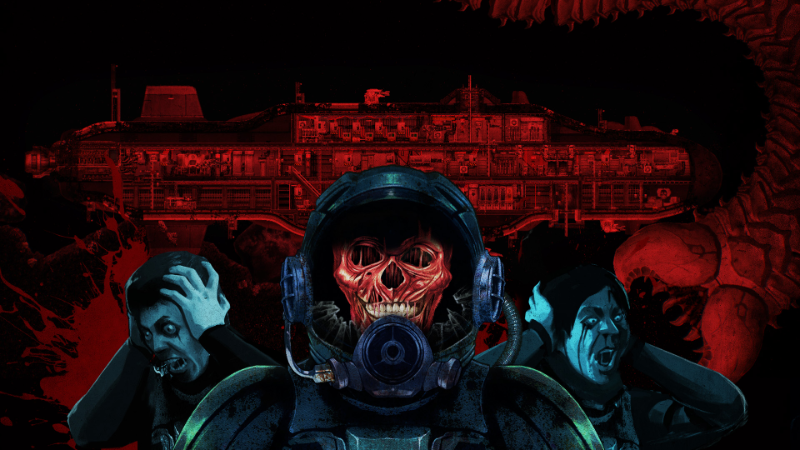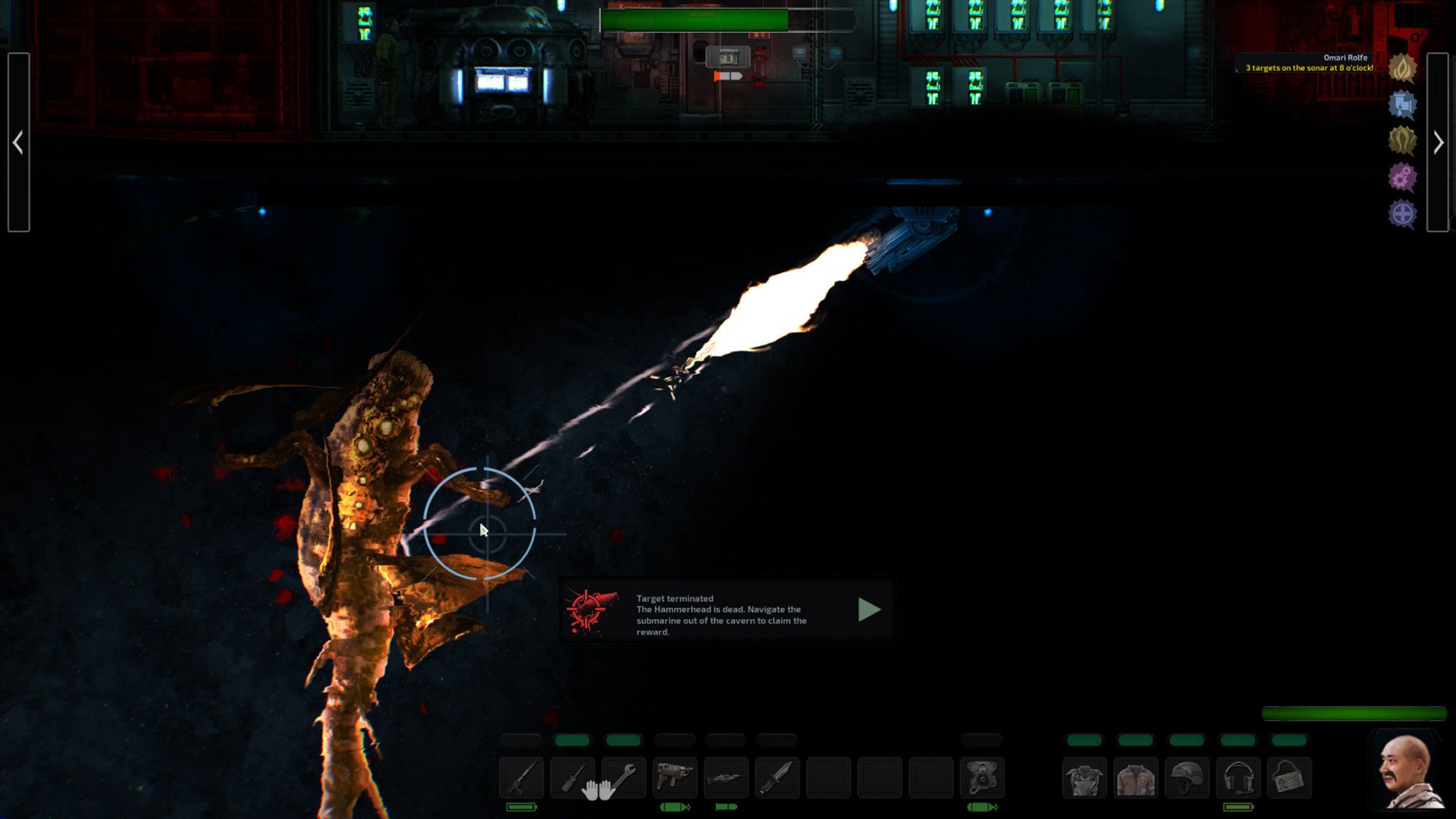


Diagnosis of Explosive and Blast InjuriesĪttention should be given to airway, breathing, circulation, disability (neurologic status), and exposure (undressing) of the patient (see Approach to the Trauma Patient: Evaluation and Treatment Evaluation and Treatment Injury is the number one cause of death for people aged 1 to 44. (See also Overview of Delirium and Dementia. There also is concern that multiple lower-level blast exposures may have a cumulative deleterious neurocognitive effect and perhaps lead to chronic traumatic encephalopathy Chronic Traumatic Encephalopathy (CTE) Chronic traumatic encephalopathy (CTE) is a progressive degenerative brain disorder that may occur after repetitive head trauma or blast injuries.

read more may manifest immediately and resolve or leave residual neurocognitive affects of varying degree. Diagnosis is suspected clinically and confirmed by imaging (primarily. Traumatic brain injury Traumatic Brain Injury (TBI) Traumatic brain injury (TBI) is physical injury to brain tissue that temporarily or permanently impairs brain function. Patients with abdominal blast injury may have abdominal pain, nausea, vomiting, hematemesis, rectal pain, tenesmus, testicular pain, and unexplained hypovolemia. Damage to the tympanic membrane and the inner ear may impair hearing, which should always be assessed.

Air embolism may manifest as stroke, myocardial infarction, acute abdomen, blindness, deafness, spinal cord injury, or claudication. Blast lung injury may cause dyspnea, hemoptysis, cough, chest pain, tachypnea, wheezing, decreased breath sounds, apnea, hypoxia, cyanosis, and hemodynamic instability. Most injuries (eg, fractures, lacerations, brain injuries) manifest the same as in other types of trauma. Symptoms and Signs of Explosive and Blast Injuries Primary blast injury also includes intestinal barotrauma (particularly with underwater explosions), acoustic barotrauma (including tympanic-membrane rupture, hemotympanum without rupture, and fracture or dislocation of ossicles in the middle ear), and traumatic brain injury Traumatic Brain Injury (TBI) Traumatic brain injury (TBI) is physical injury to brain tissue that temporarily or permanently impairs brain function. read more ) it is a common cause of delayed mortality. During the process, increased platelet aggregation and coagulation. Pulmonary involvement (blast lung injury) may cause pulmonary contusion, systemic air embolism (especially in the brain and spinal cord), and free-radical–associated injuries (thrombosis, lipo-oxygenation, and disseminated intravascular coagulation Disseminated Intravascular Coagulation (DIC) Disseminated intravascular coagulation (DIC) involves abnormal, excessive generation of thrombin and fibrin in the circulating blood. Blood is forced from the vasculature into air spaces and surrounding tissue. The supersonic blast wave in primary blast injury compresses gas-filled spaces, which then rapidly reexpand, causing shearing and tearing forces that can damage tissue and perforate organs.


 0 kommentar(er)
0 kommentar(er)
